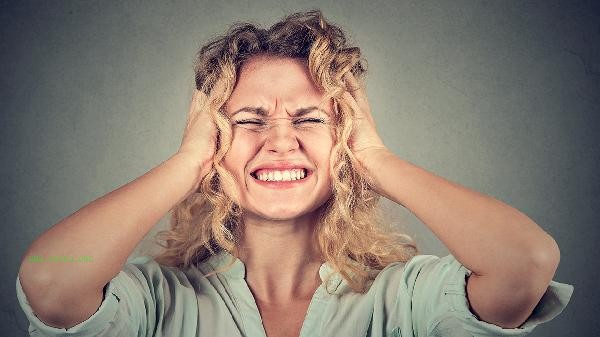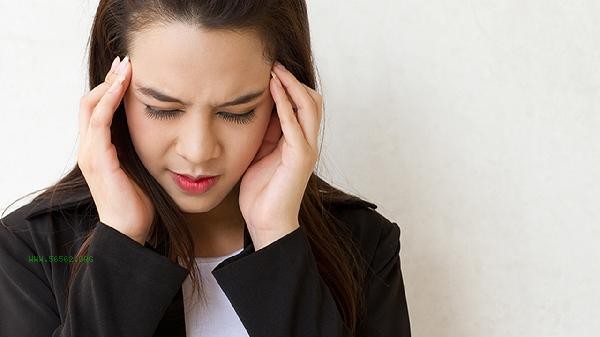Menopausal shortness of breath can be alleviated by adjusting lifestyle, psychological regulation, medication treatment, traditional Chinese medicine regulation, oxygen therapy, and other methods. Menopausal chest tightness and shortness of breath may be related to hormone fluctuations, autonomic nervous system disorders, cardiovascular diseases, respiratory system problems, psychological factors, etc.

1. Adjust your lifestyle
Maintain a regular schedule and avoid staying up late and overworking. Reduce the intake of high salt and high-fat foods in diet, increase fresh vegetables, fruits, and whole grains, and supplement with appropriate amounts of plant-based estrogens such as soy products. Avoid smoking and drinking alcohol, and control caffeine intake. Engage in moderate aerobic exercise every day, such as brisk walking, swimming, etc., to improve cardiovascular and pulmonary function.
2. Psychological regulation
Menopausal emotional fluctuations may exacerbate chest tightness symptoms. Anxiety can be alleviated through meditation, deep breathing exercises, mindfulness training, and other methods. Participate in social activities, cultivate interests and hobbies, and seek psychological counseling when necessary. Maintain an optimistic attitude and have a correct understanding of the physiological process of menopause.
3. Medication therapy
Under the guidance of a doctor, hormone replacement therapy can be considered to alleviate menopausal symptoms. For obvious symptoms of anxiety and depression, anti anxiety medication may be necessary. When there are cardiovascular problems, drugs that improve myocardial blood supply can be used. Before using any medication, a comprehensive evaluation of indications and contraindications is required.

4. Traditional Chinese Medicine Regulation
Traditional Chinese Medicine believes that menopausal chest tightness is often related to liver depression and qi stagnation, as well as heart and spleen deficiency. Channels can be dredged through acupuncture and moxibustion, massage, etc. Take traditional Chinese medicine formulas that soothe the liver, relieve depression, and nourish qi and heart, such as Xiaoyao San and Guipi Tang. Moxibustion of specific acupoints can also help improve symptoms.
5. Oxygen therapy
For severe respiratory distress, low flow oxygen therapy can be performed under the guidance of a doctor. Improve hypoxia and alleviate chest tightness and discomfort. At the same time, investigate whether there are underlying respiratory diseases such as chronic obstructive pulmonary disease and treat the causes accordingly.

When menopausal women experience chest tightness and shortness of breath, it is recommended to record the onset time, cause, and duration of the symptoms for easier diagnosis by doctors. Maintaining moderate exercise habits such as yoga, Tai Chi, and exercise can help improve cardiovascular function and emotional state. Diet can include foods rich in vitamin B and omega-3 fatty acids, such as deep-sea fish and nuts. Pay attention to environmental ventilation and avoid staying in confined spaces for a long time. When symptoms persist or worsen, seek medical attention promptly to rule out organic diseases. Menopause is a physiological stage that women must go through. Through scientific management and appropriate intervention, most discomfort symptoms can be effectively relieved.




Comments (0)
Leave a Comment
No comments yet
Be the first to share your thoughts!